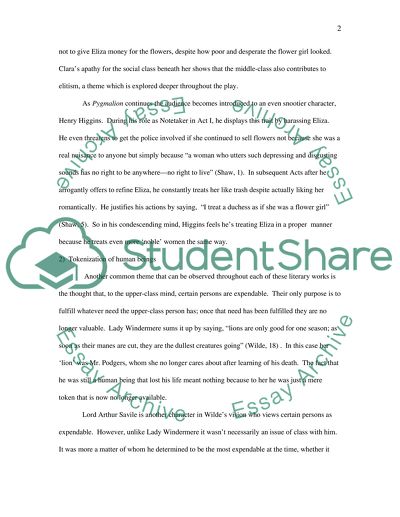Cite this document
(“Wilde & Shaw: Two Satirical Responses to Social Class Essay”, n.d.)
Wilde & Shaw: Two Satirical Responses to Social Class Essay. Retrieved from https://studentshare.org/literature/1506248-wilde-shaw-two-satirical-responses-to-social-class
Wilde & Shaw: Two Satirical Responses to Social Class Essay. Retrieved from https://studentshare.org/literature/1506248-wilde-shaw-two-satirical-responses-to-social-class
(Wilde & Shaw: Two Satirical Responses to Social Class Essay)
Wilde & Shaw: Two Satirical Responses to Social Class Essay. https://studentshare.org/literature/1506248-wilde-shaw-two-satirical-responses-to-social-class.
Wilde & Shaw: Two Satirical Responses to Social Class Essay. https://studentshare.org/literature/1506248-wilde-shaw-two-satirical-responses-to-social-class.
“Wilde & Shaw: Two Satirical Responses to Social Class Essay”, n.d. https://studentshare.org/literature/1506248-wilde-shaw-two-satirical-responses-to-social-class.


